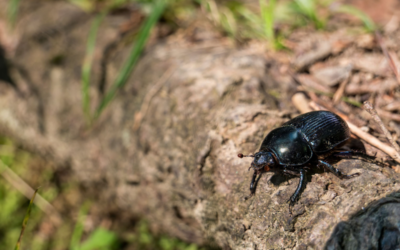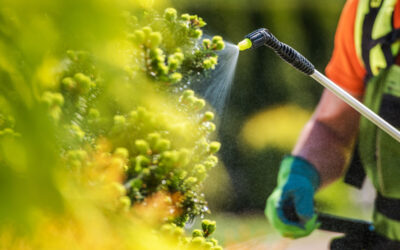The weather hit 54° on January 19 in Denver drawing folks out of their homes where they’ve been tucked in for Covid for too long. While they might have only ventured as far as the backyard, guaranteed their thoughts turned to warm weather ahead. Imagine taking a seat in a lawn chair with a cool drink and an iPad and cell phone. Working from home gets evermore delightful.
And yet, when patio conversations are not shielded from neighbors’ eyes, it’s a little uncomfortable. Especially when we’re used to Zoom conferences from a staged private workspace indoors. We’ve gotten used to sharing a credit card numbers out loud over the phone and discussing the PPP loans in detail with bankers and accountants.
Routinely when thinking of privacy landscaping, we think fences and trees. Trees are what Donovan Arborists do best: cutting, trimming, maintaining the many species that thrive on Colorado’s high plains.
Trending this year: Companion trees with privacy plantings that are a little lower to the ground and simultaneously provide privacy, color and scent.
Celebrity Dutch landscape designer Piet Oudolf recommends keep it simple: Two or three layers are enough.
The secret to the right planting is the lushness of the plant. A couple of spring starter thoughts:
- Kintzley’s Ghost Honeysuckle is top on our list. This twining vine features yellow flowers in late spring and bright silver bracts throughout the growing season. The flower shape is tubular. Plant it at the base of a trellis or arbor, fence or wall and Kintzley’s Ghost will form a fast-growing cloud of foliage up to 60” wide. This honeysuckle requires full sun and attracts butterflies, hummingbirds, and bees. This perennial vine gets to be around 8-12′ tall. It thrives in normal, sandy, clay, acidic, and dry soil and can live up to 20 years.
- Lilac plants add a sweet aroma to your new at-home outdoor office or dining room. They are successful large, dense shrubs for Colorado, growing to 10—12′, and can be used as hedges since their leaves and flowers form all the way to the lower branches. Lilacs need smart pruning…call Donovan Arborists for a pro trim. Severe pruning can result in loss of blooms for up to three years, so avoid drastic cuts by pruning annually. HINT: if your lilac flower clusters are getting smaller, it’s time to prune. You can also improve the flowering of lilacs by keeping grass from growing up tight around the trunk. Instead, place a 24” wide circle of landscape cloth around the base of the tree, covering it over with bark or rock. As your lilac bushes mature, prune annually after they bloom. (Don’t wait until fall.) Prune out the oldest canes to the ground. Remove small suckers. Cut back weak branches and cut the tall canes to eye height for an optimal bloom the following year.
- For a third layer of color, plant lavender. Think straight rows right out of a French impressionist painting. Plant lavender 2 to 3 feet apart as they reach between 1 and 3 feet in height. This is a great plant for starter gardeners as it’s rugged and hardy. Plus, you can harvest lavender and wrap it in Kraft paper and tie it with a string to create a genuinely impressive housewarming gift. (Think ahead to July 2021 when the vaccinated among us can finally gather again.




